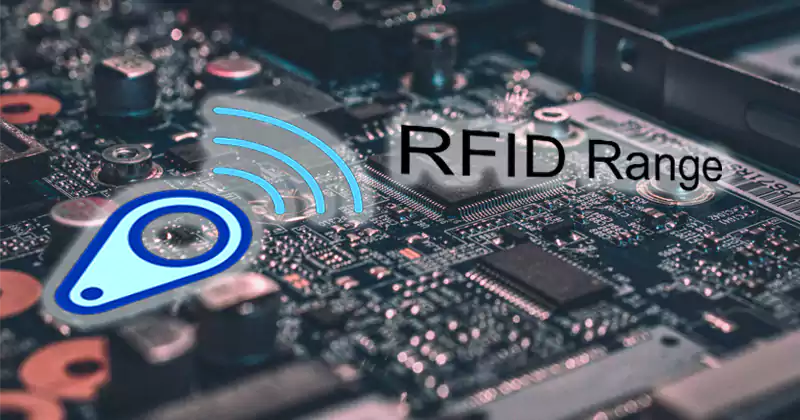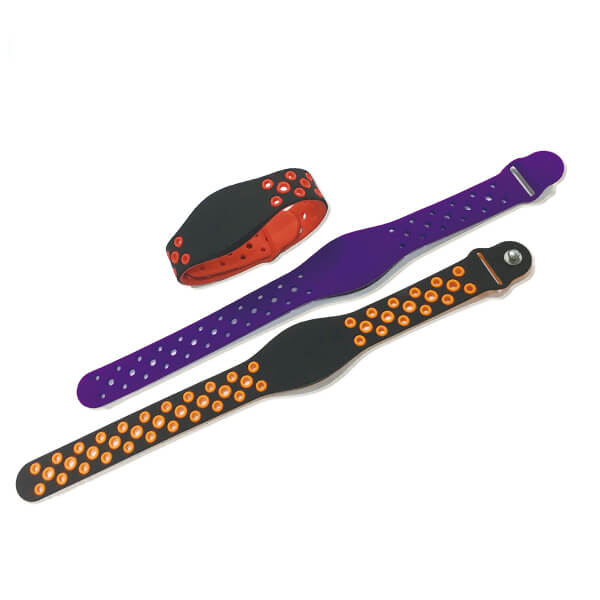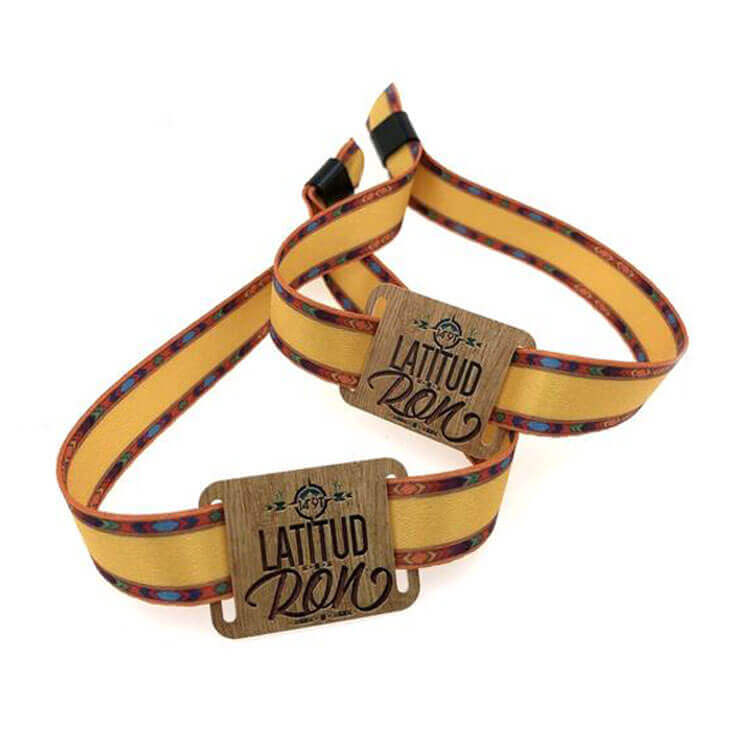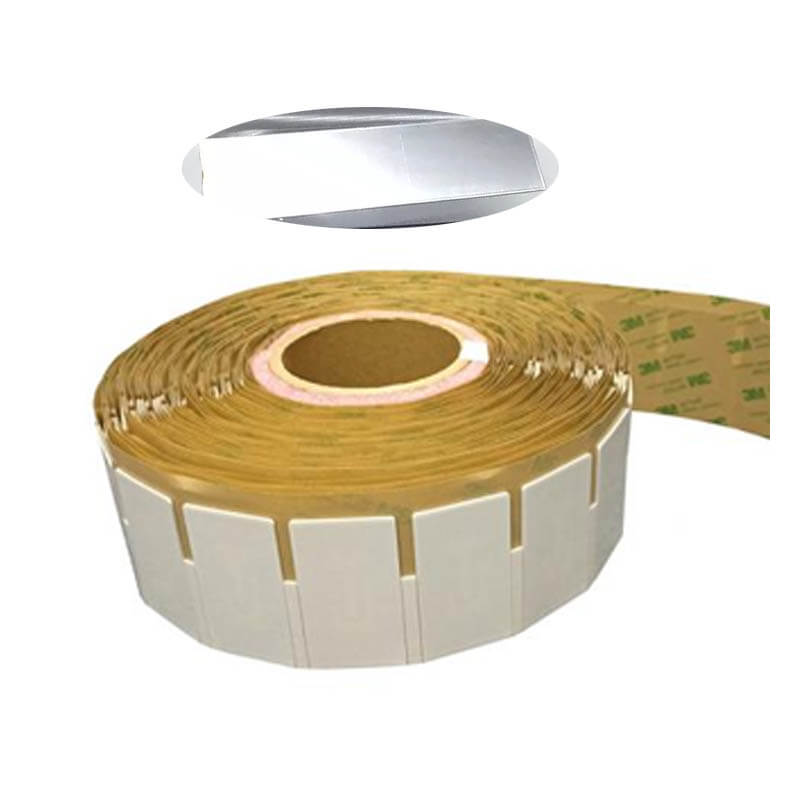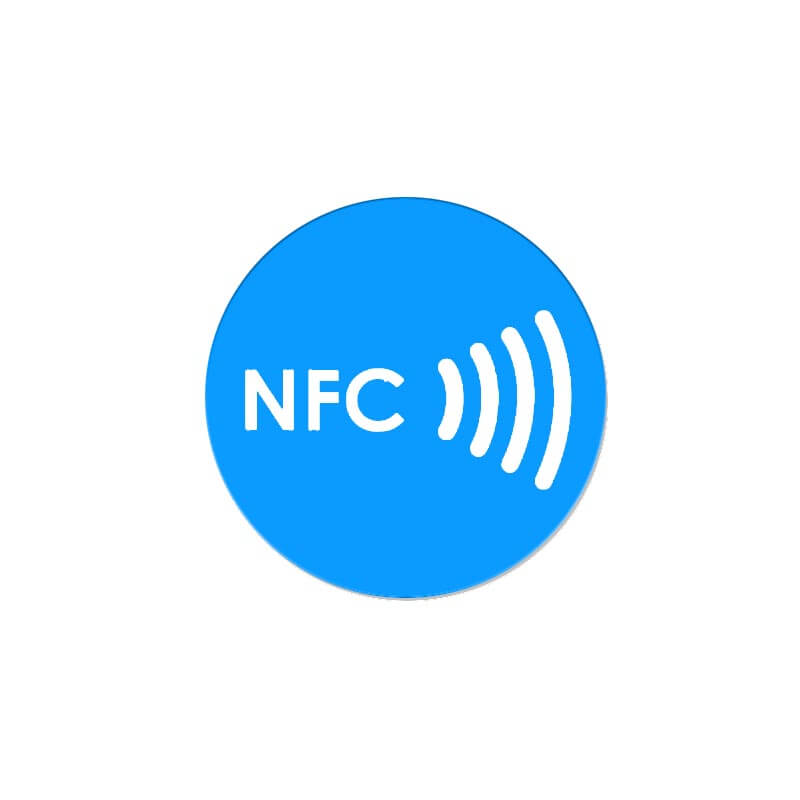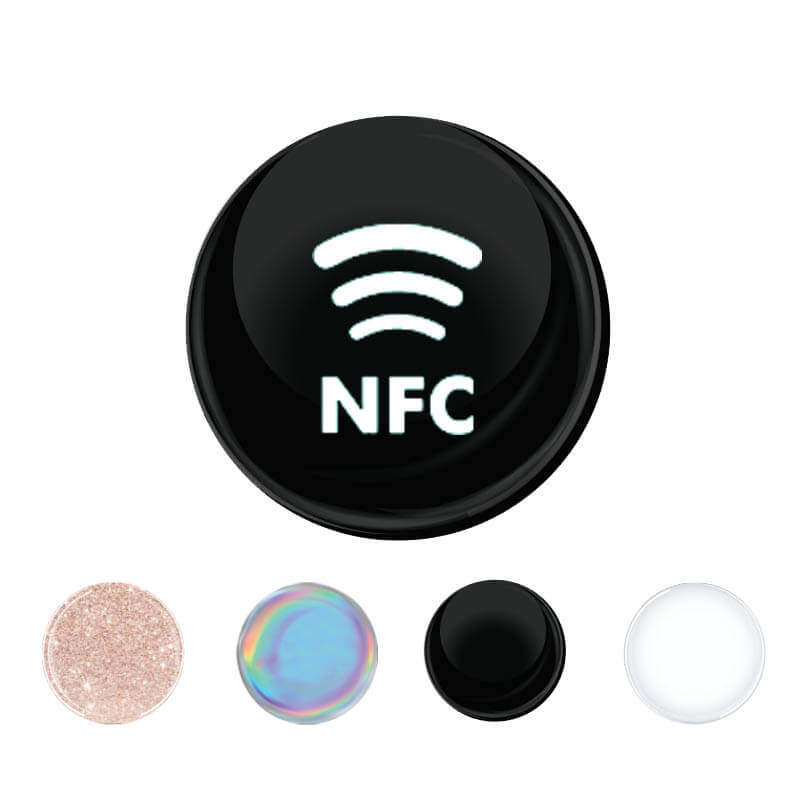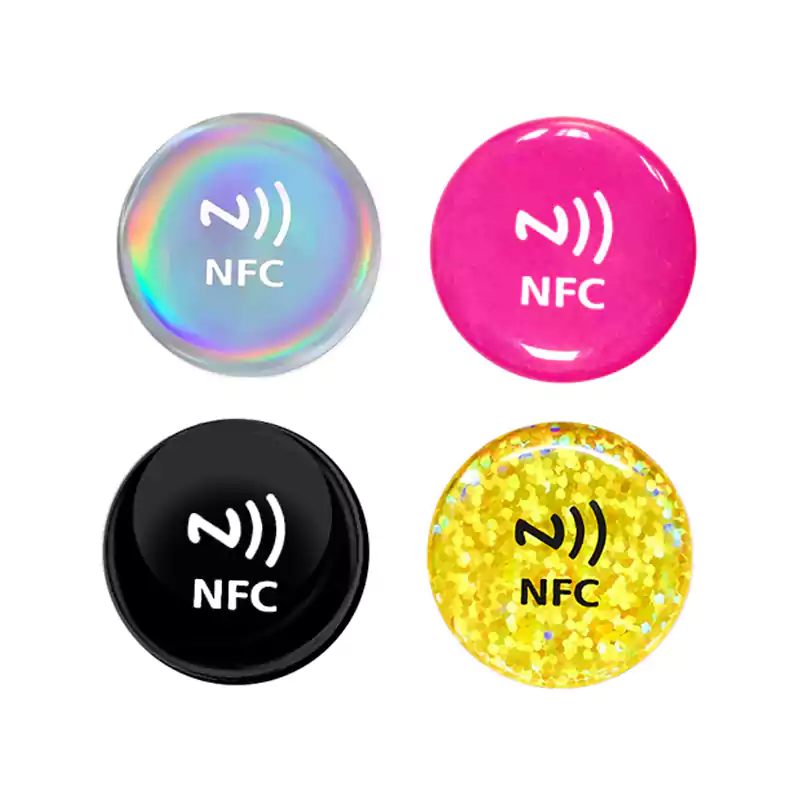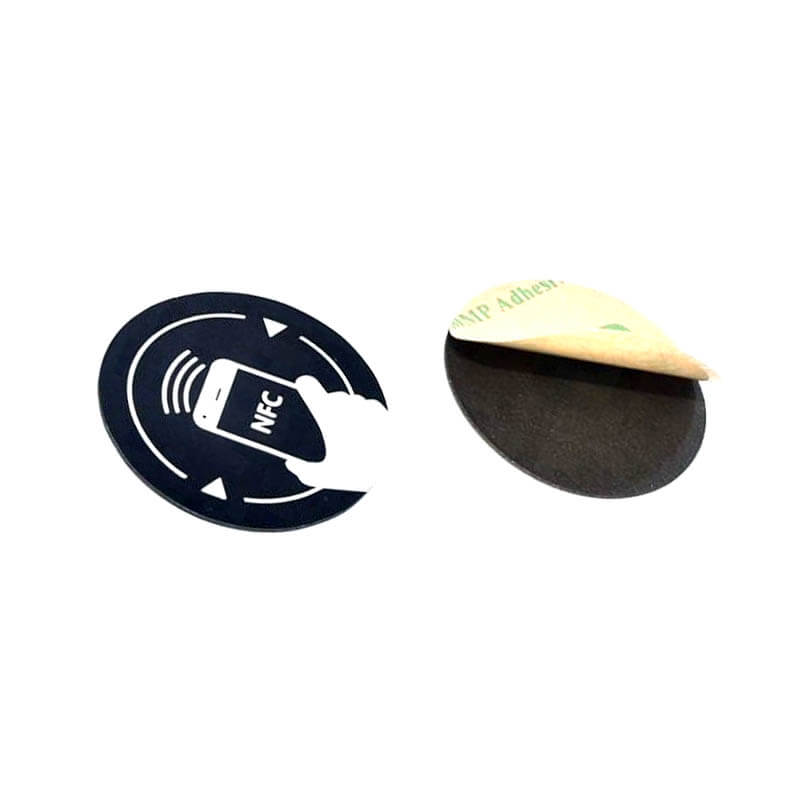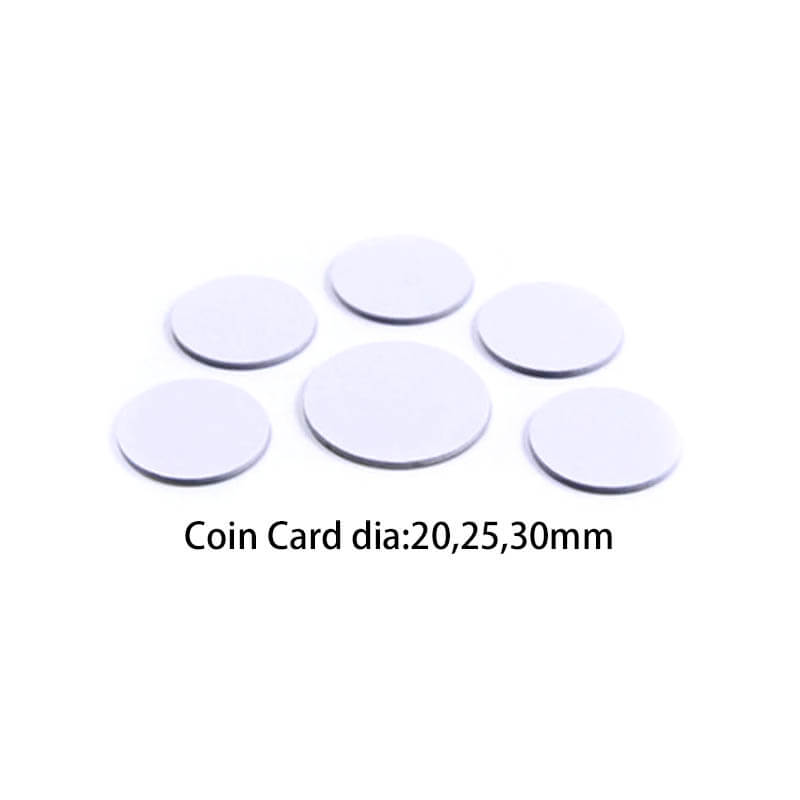RFID technology uses radio waves to transfer data between devices. However, both the tag and the reader must be within the acceptable read range for the exchange to occur.
So, what determines the RFID read range?
There is a myriad of factors that affect the RFID read range. This article offers an in-depth analysis of these factors. Read on for more.
What is Read Range?
Read range refers to the maximum distance within which an RFID tag can detect radio waves from an RFID reader. Whenever the tag is within this range, it becomes active and allows the reader to capture the data.
For example, if a tag has a read range of 10 cm, then the reader will capture all the data as long as the tag is within the acceptable 10 cm range.
If the tag moves away from the 10 cm (like 12 cm), it will not capture the radio waves and no data transfer will occur.
What is the Maximum Read Distance of RFID?
RFID tags operate within different frequencies. Each of the operation zones has its maximum read distance as shown below:
- Low-Frequency Passive Tags (125 kHz and 134.3 kHz)
This frequency range is not affected by water and metal. It has a maximum read distance of 30 cm (approximately 1 foot) or below. However, there are special cases when the LF tags can achieve a wider read range.
For example, when using specially designed readers that allow 1-2 meters. Also, using a large tag can achieve a read distance of up to 2 meters.
- High-Frequency Passive Tags (13.56 MHz.)
The HF tags have a maximum read distance of 1.5 meters or less. If you’d like to extend the read range, you can use a multiport and customized antenna.
Additionally, you will need a reader with a minimum of 1 watt RFID output power if you’re to achieve a read distance of more than 1 meter.
- Ultra-High Frequency Passive Tags (860 – 960 MHz.)
These UHF tags have a maximum read distance of over 1 meter (approximately 3 feet). If you use a full 4-watt reader, you can achieve a read distance of more than 16 meters!
- Ultra-High Frequency Active Tags (433 MHz.)
These tags give a highly adjustable read range of 30 cm to 3 kilometers. It uses high gain antennas and 433 MHz readers.
- Super-High Frequency Active Tags (2.45 GHz.)
These tags offer a read range of approximately 100 meters. It has real-time location information, thus making it ideal for asset tracking.
6 Factors that Affect RFID Read Range
Besides the strength of the frequency, several other factors affect the RFID read range. They include:
- Antenna Gain
Antenna gain refers to the ability of a transmitting antenna to convert input power into radio waves directed towards a specific direction.
Technically, you’ll get the gain by:
Antenna gain = Directivity x Efficiency
It describes the strength of a signal that the antenna can send or receive in a given direction. The higher the antenna gain, the higher the read range. If you need to read RFID tags using a short read range, you should use low antenna gain.
Why Antenna Gain is Crucial
This parameter is crucial since it gives you the power to regulate the read range. Contrary to the beliefs of many, it is not always that you’d want long read ranges. Here are some situations that may require low range read distance:
- When you don’t want the reader to capture data from other tags besides the targeted one
- When the reader is capturing data only from one tag located within a short distance from the antenna
In both situations, having a long read range would be a waste. As such, you will complete the duties with an antenna with low gain.
Additionally, you should note that lower gain antennas are smaller in size when compared to high gain antennas. When making your choice, you should not only consider the gain but also size preference.
- Antenna Polarization
A radio wave consists of magnetic and electric fields that are mutually perpendicular to the direction of propagation. When going through a medium, the electric field oscillates. The direction of oscillation is called antenna polarization.
If you align tags to the antenna polarization, then linear-polarized antennas will have a wider read range than the circular-polarized ones. On the other hand, if you do not align the tags with the polarization, the circular-polarized antennas will have a better read range.
- Tag SOAP (Size/ Orientation/ Angle/ Placement)
- Tag Size. The size of the tag is directly proportional to the read ranges. The bigger ones will have larger read ranges than the shorter ones.
- Tag Orientation & Read Angle. Tag orientation only affects antennas with linear polarization. When a tag is in a tilted position, the readers’ ability to capture the data is affected significantly. When your reader is mounted, you should try to position it such that it can read the tag within a given line of sight.
- Tag Placement. This consideration is particularly crucial when you’re dealing with UHF RFID tags since they are affected by metal and water environments. As a general rule, you should be careful when selecting the tag placement areas. Unless the manufacturer indicates that a given tag can work optimally in metallic and aqueous environments, then you should not place them in such areas.
- Reader Settings
When you buy your RFID reader, you will realize that it allows you to control the power that goes to the antenna. The higher the power settings, the greater the read range and vice versa.
Also, ensure that you set your reader to the highest receive sensitivity if you want to optimize the read range. This setting coupled with full power will give the best read range.
- Cable Length, Adapters, and Multiplexers
The longer the cables, the more chances of energy leak. If the antenna cables must be lengthy, then ensure that they are thick enough to insulate it against energy loss.
Additionally, adapters and multiplexers contribute to energy loss. As such, you should remove any adapter that you don’t need from your RFID system.
- Environmental Factors
Several environmental factors affect the read range significantly. Some of the factors that will lower the read range include fluorescent lighting, water, metal, other radio waves, and large machinery.
To understand whether your prevailing environment affects the read range adversely, you should keep testing various readers in different environments.

